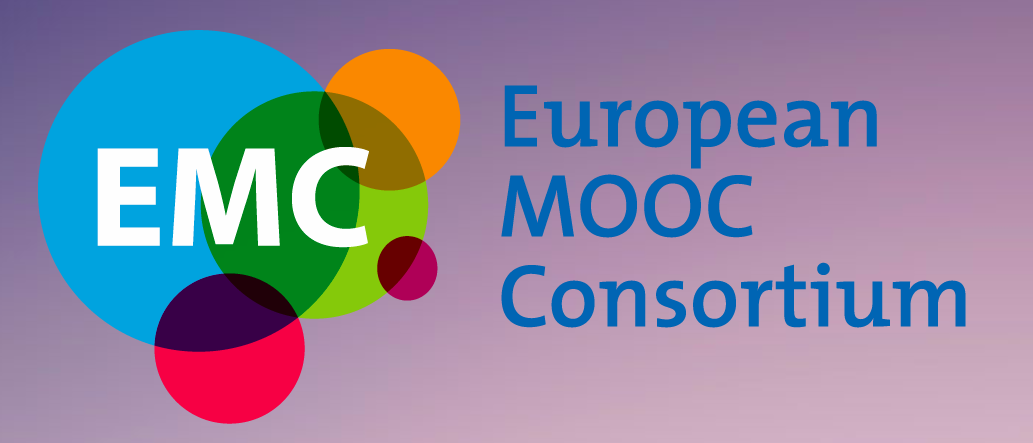Last Friday (un)officially became a Massive Open Online Course (MOOC) day after I got stuck into participating in and looking at the two MOOCs which I signed up for recently.
The first is the OLDS-MOOC “Learning Design for a 21st Century Curriculum” which is a JISC funded MOOC, led by colleagues here in IET, but involving experts at a range of other institutions such as London Knowledge Lab, The University of Georgia and The University of Leicester. This practical exploration of open learning design was kicked-off earlier last week with a launch event – Yishay Mor’s Prezi presentation is available here.
The course lasts for nine weeks, with an emphasis on “collaboration”: you can work with others to formulate and develop a learning design project before, finally, reflecting on this process/journey. You can also collect badges for your Cloudworks profile: these award users for different aspects of their participation in the MOOC.
The first week has been about making connections, thinking about the concept and context of “Learning Design” and proposing a project to work on. It’s fascinating to see what people are proposing as their projects. I put forward a “Critical Thinking and Philosophical Ideas” project which has received some interest from people, and which stems from my interest in widening participation in philosophy. I need to join another group or get my own group together before proceeding to the next stage of the course, so there’s definitely some work to do over the coming days… I’ve also got a bit of catching up to do as the schedule has a steady flow of activities for each day. An impressively high level of participation from everyone so far!
The second MOOC I’ve enrolled in is being run by Alberto Cairo of Knight Center for Journalism in the Americas. This is the second iteration of the “Introduction to Infographics and Data Visualization” course which began on Saturday and ends on 23 February 2013. Although I was a bit too keen in trying to join in before the official start date there were already course materials available for people to read (in this instance the first two chapters of Cairo’s book “Functional Art”), which gave me a bit of a head-start.
Materials for the MOOC are available online, for free, as well as trials of useful software. This week involved introductory reading, watching a series of videos narrated by Cairo on what “data visualisation” is (i.e. giving an imagined viewer data in a way which facilitates “exploration” of this information). Participants need to complete an end of week quiz and also, this week, post comments on relevant forums regarding one of five data visualisations. I chose to look at a visualisation which aimed to show the most favourable time for using two types of social media, based on number of “click-thrus” at different times, over the course of a typical week. Following a brief appraisal of this, I posted feedback on the visualisation, before commenting on someone else’s contribution (they had posted a useful link to counter-evidence which supported the argument that the visualisation being examined was unclear in a number of ways). I aim to go back to the course again in a few days time to review the latest comments made, and add some more thoughts (you must post useful/substantial comments at least twice this week, particularly if you are looking to achieve the course’s “Certificate of Completion.”)
Reading the forums, it’s exciting to see so many people from across the world participating in both of these MOOCs. It’s great to hear about so many different interests and backgrounds, and to get a real sense of people wanting to collaborate with each other, learn, share and forge connections across the world. I’m looking forward to continuing to participate in both of these MOOCs over the coming weeks!
[Reblogged from http://methylatedorange.wordpress.com/2013/01/14/friday-an-unofficial-mooc-day/]





Leave A Comment